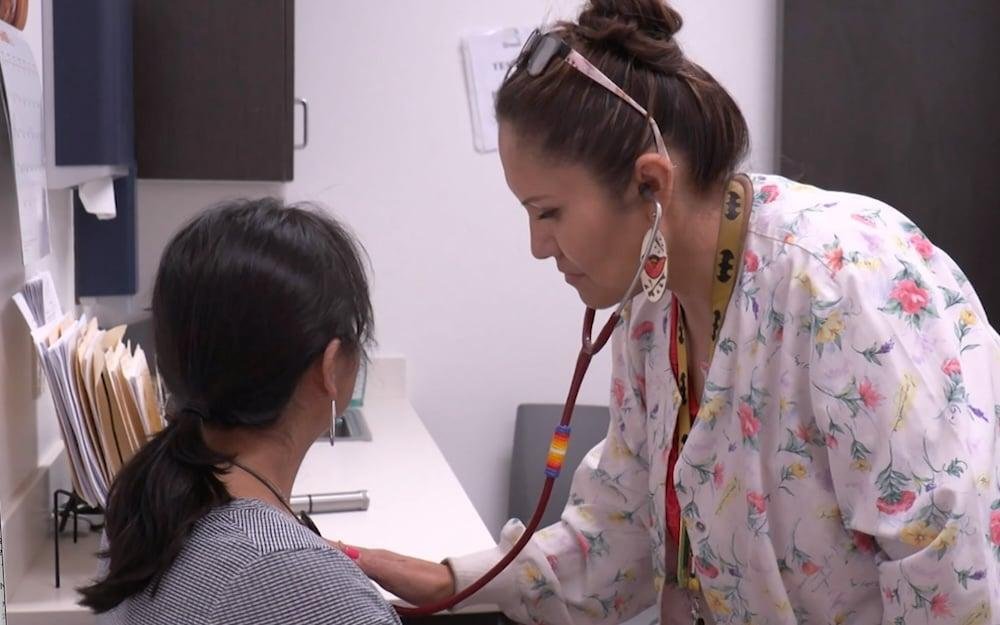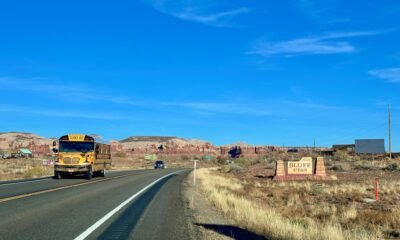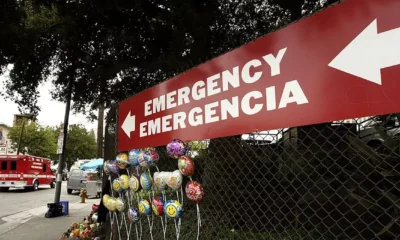Business
Patients in Peril: The Toll of Unpaid Outside Care by Indian Health Service

The Indian Health Service (IHS) faces significant challenges in providing medical care to Native Americans, often leading to the denial of thousands of requests for funding external appointments. This lack of support forces many to either forgo necessary treatment or incur substantial medical expenses on their own. Although Native Americans are eligible for free health care through IHS facilities or tribal-managed sites, chronic underfunding and understaffing hinder access to services. The situation is particularly dire in rural areas where medical resources are limited.
The IHS’s Purchased/Referred Care program is designed to bridge the gap by funding treatments not available through its facilities, including serious conditions like cancer and maternal health care. However, complex eligibility requirements and administrative difficulties create barriers for many patients, according to testimonies from tribal members and health officials. The IHS, overseeing care for roughly 2.6 million Native Americans and Alaska Natives, is limited in funding its referred-care program. Particularly, only 13% of Native Americans reside on tribal land, which is a primary criterion for eligibility.
In fiscal year 2022, the IHS denied or deferred approximately $552 million in funding for around 120,000 eligible requests. This deficit directly affects the health outcomes of Native Americans, especially those with treatable conditions. The ramifications of these policies have persisted through decades, raising questions about the U.S. government’s commitment to honoring treaties that guarantee health services for tribal nations.
Connie Brushbreaker, a Rosebud Sioux Tribe member, shared personal experiences of being denied funding repeatedly since 2018. Her story highlights a systemic issue where preventative care often requires significant effort only to be ignored until a condition worsens. Many Native Americans express deep frustration over what they perceive as a breach of treaty rights, emphasizing that historical injustices fuel the community’s health disparities.
Statistics reveal alarming health outcomes, as Native Americans face higher prevalence rates of various diseases and experience a median life expectancy that is notably lower than the general population. These disparities are often linked to historical trauma, colonial policies, and a persistent lack of adequate funding for health initiatives.
This year, Congress allocated nearly $7 billion to the IHS, with around $1 billion earmarked for the referred-care program. However, the funding recommendations from tribal leaders far exceed the agency’s budget, illustrating a massive shortfall in resources needed to meet the health care demands of Native Americans. The IHS continues to strive for improvements in managing referrals and addressing staffing shortages, yet challenges remain. As of June, about one-third of positions in the referred-care program were unfilled.
Individuals like Jonni Kroll, a member of the Little Shell Tribe, face complications due to the restrictive eligibility criteria based on tribal land residency. Kroll’s situation sheds light on outdated policies that hinder access to critical health services while emphasizing the need for reform. The complexity of the application process disorients many, requiring extensive navigational aids from IHS just to seek assistance.
Personal stories also illustrate the impact of these systemic issues. Misty Heiden, a member of a South Dakota tribe who lives within another tribe’s delivery area, found herself ineligible for referred care despite having ties to the community. Consequently, her family faced over $1,000 in medical debt for necessary services. With inadequate communication and confusing eligibility rules, patients often find themselves stressed by the cumbersome application process.
Connie Brushbreaker recounted her struggle to obtain urgent orthopedic care, where the criteria for funding were described as overly restrictive. Ultimately, after persistent efforts, she secured funding for surgery, but only after prolonged pain and two years of waiting. An experience shared by many, including Patti Conica, who endured a lengthy wait for emergency care funding, illustrates the frustrations perpetuated by staffing shortages and bureaucratic inefficiencies.
State lawmakers like Tyler Tordsen acknowledge that increased funding is essential, alongside better financial management within the IHS. As tribes assume more control over their healthcare facilities, strategies to enhance service delivery are evolving, aiming to mitigate existing challenges. For many like Brushbreaker, the battle to secure necessary health services feels exhausting and demoralizing, underscoring the urgent need for comprehensive reforms within the IHS.













![A rendering of the selected design, which features State Route 347 traffic traveling over Riggs Road. [Arizona Department of Transportation]](https://arizonanews.org/wp-content/uploads/2025/02/ADOT-Unveils-Game-Changing-Interchange-Design-to-Expand-347-to-Three-80x80.jpg)




